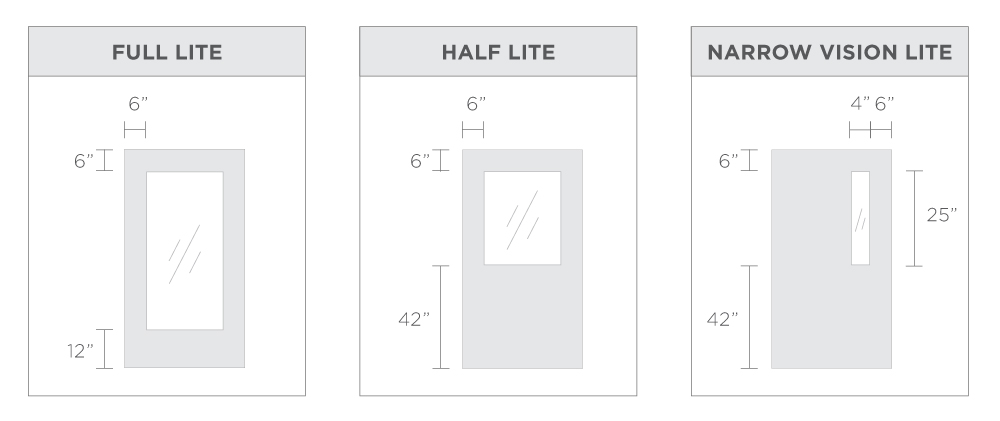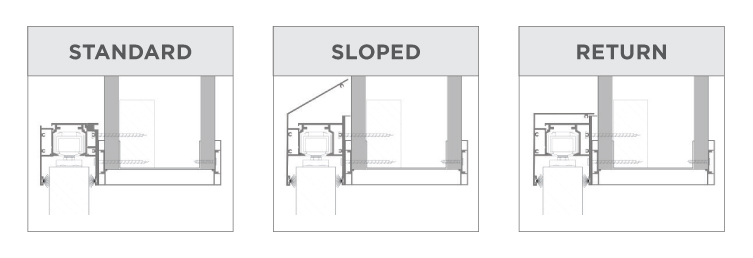The Future of Inventory Management: How Reusable RFID Tags Are Revolutionizing Tracking Systems
The landscape of inventory management is undergoing a remarkable transformation, largely driven by advancements in technology. Among these innovations, reusable RFID tags are emerging as pivotal tools that redefine tracking systems across various industries. These tags not only enhance efficiency but also significantly reduce costs by allowing businesses to collect, update, and manage inventory data in real-time. Their reusability eliminates the need for constant replacement, making them a sustainable choice for modern supply chains.
As organizations strive for better accuracy and affordability in their inventory practices, the integration of reusable RFID tags offers a compelling solution. This article delves into the compelling reasons why reusable RFID tags are at the forefront of revolutionizing inventory tracking systems, enabling companies to optimize operations while contributing to a greener future.
The Rise of Reusable RFID Tags in Inventory Management
The rise of reusable RFID tags in inventory management marks a significant shift in how businesses track and manage their assets. Unlike traditional, single-use RFID tags, reusable tags offer the advantage of sustainability and cost efficiency. These innovative tags can be used multiple times across the supply chain, reducing waste and contributing to a more environmentally friendly approach in logistics. Companies are increasingly adopting these solutions to improve operational efficiency and minimize expenses related to purchasing new tags for every inventory cycle.
As organizations recognize the benefits of reusable RFID technology, they are integrating these tags into their inventory systems. This transition allows businesses to achieve real-time tracking of their products, improving accuracy in stock levels and reducing the risk of overstocking or stockouts. Furthermore, with better visibility into inventory movement, businesses can streamline their operations, enhance customer service, and ultimately drive profitability. The surge in reusable RFID adoption demonstrates a clear trend towards smarter, more sustainable inventory management practices that are reshaping the future of supply chain operations.
Advantages of Reusable RFID Tags over Traditional Inventory Methods
Reusable RFID (Radio Frequency Identification) tags are transforming inventory management by offering significant advantages over traditional methods. Unlike barcode systems that require line-of-sight scanning, RFID tags can be read from a distance, allowing for faster and more efficient tracking of items. This not only streamlines the inventory process but also reduces labor costs, as fewer employees are needed to conduct stock counts and manage inventory levels.
Moreover, the durability and reusability of RFID tags contribute to cost savings and sustainability. Traditional inventory methods often rely on single-use labels that generate waste and require constant replenishment. In contrast, reusable RFID tags can be reprogrammed and applied to various items throughout their life cycle, minimizing material consumption and environmental impact. This approach not only enhances operational efficiency but also aligns with modern businesses' goals of reducing their carbon footprint and promoting sustainable practices. As a result, companies adopting reusable RFID technology are better positioned to respond to changing market demands while benefiting from increased accuracy and reduced management overhead.
How Reusable RFID Technology Enhances Real-Time Tracking
The advent of reusable RFID (Radio Frequency Identification) technology is transforming inventory management by providing enhanced real-time tracking capabilities. Unlike traditional tags, which are often single-use and wasteful, reusable RFID tags can be utilized multiple times across various inventory cycles. This innovation not only reduces operational costs but also promotes sustainability in supply chain management. As companies increasingly prioritize eco-friendly practices, the ability to reuse RFID tags aligns perfectly with their goals while improving efficiency in tracking inventory movement.
 Moreover, the real-time tracking capability offered by reusable RFID technology allows businesses to maintain accurate inventory records at all times. With instant data retrieval and updates, organizations can significantly reduce discrepancies caused by manual tracking systems. This technology enables warehouse managers to monitor stock levels, optimize reorder points, and improve overall inventory accuracy, ultimately enhancing customer satisfaction by ensuring that products are always available when needed. As industries continue to embrace digital transformation, the integration of reusable RFID tags is becoming a cornerstone of modern inventory management systems.
Moreover, the real-time tracking capability offered by reusable RFID technology allows businesses to maintain accurate inventory records at all times. With instant data retrieval and updates, organizations can significantly reduce discrepancies caused by manual tracking systems. This technology enables warehouse managers to monitor stock levels, optimize reorder points, and improve overall inventory accuracy, ultimately enhancing customer satisfaction by ensuring that products are always available when needed. As industries continue to embrace digital transformation, the integration of reusable RFID tags is becoming a cornerstone of modern inventory management systems.
Challenges and Solutions in Implementing Reusable RFID Systems
Implementing reusable RFID (Radio Frequency Identification) systems in inventory management offers numerous advantages, yet it also presents significant challenges that organizations must navigate. One primary challenge is the initial investment required for the technology. While reusable RFID tags generally reduce long-term costs through their durability and reusability, the upfront technology costs can deter smaller businesses from making the shift. Additionally, ensuring compatibility between existing systems and new RFID technology can pose logistical difficulties, requiring careful planning and potential retrofitting of current processes.
Another challenge lies in data management and processing. With the integration of reusable RFID systems, the volume of data generated increases substantially, necessitating robust data analytics capabilities. Organizations must invest in staff training and advanced software solutions to effectively interpret and utilize this data for decision-making. Moreover, companies must address concerns around privacy and security, as RFID technology can inadvertently expose sensitive information if not properly secured. Overcoming these challenges will require strategic planning, investment in technology, and ongoing training to fully capitalize on the benefits of reusable RFID in inventory management.
Future Trends: The Role of IoT in Evolving RFID Tag Utilization
As businesses seek more efficient methods for managing inventory, the integration of IoT (Internet of Things) with reusable RFID (Radio-Frequency Identification) tags is leading the charge. These smart tags not only enhance tracking capabilities but also promote sustainability by reducing the waste associated with traditional single-use tags. By leveraging real-time data and connectivity, companies can gain deeper insights into their inventory movements, minimizing losses and improving operational efficiency.
Tip: To maximize the benefits of RFID technology, consider starting with a pilot program that focuses on a specific product line. This approach allows for a seamless integration of IoT capabilities and helps to identify any potential challenges before a full-scale rollout.
With the continuous evolution of IoT, the future of RFID tag utilization looks promising. The emergence of advanced analytics and machine learning will enable businesses to predict inventory needs more accurately and automate supply chain processes. This not only saves time but also fosters a more responsive inventory management system tailored to consumer demands.
Tip: Regularly update your RFID systems and software to keep pace with IoT advancements. Ensuring your technology is current will help your business continue to innovate and remain competitive in inventory management practices.
The Future of Inventory Management: How Reusable RFID Tags Are Revolutionizing Tracking Systems
| Dimension | Current State | Future Trends | Use of IoT |
|---|---|---|---|
| Tag Reusability | Limited applications | Increased standardization | Real-time data sharing |
| Cost of RFID Tags | Moderate | Decreasing | Optimized inventory levels |
| Tracking Efficiency | Good | High efficiency | Improved asset management |
| Integration with Systems | Partial | Universal compatibility | Seamless connectivity |
| Data Security | Basic protocols | Advanced encryption | Increased privacy measures |





